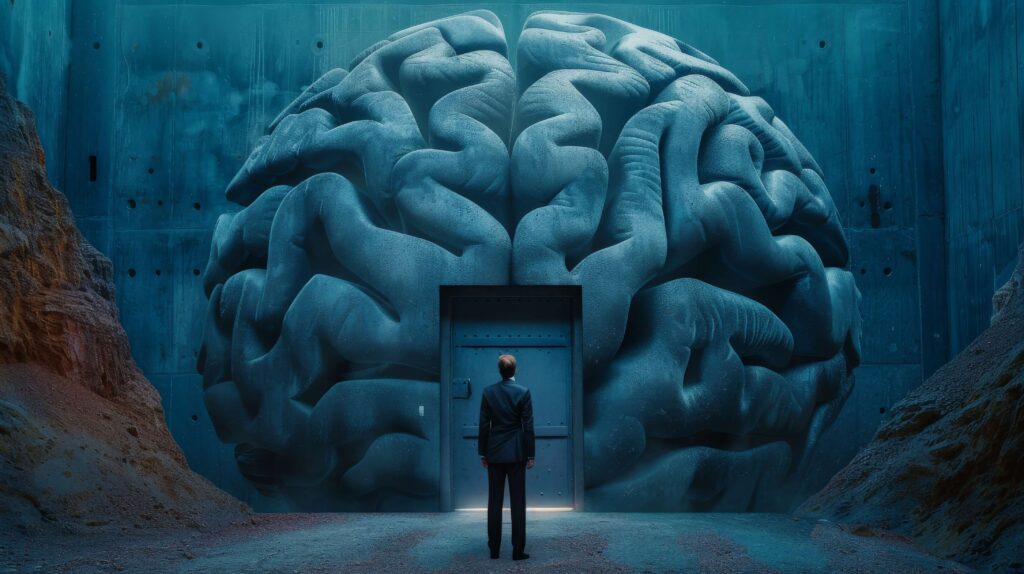In the realm of advertising and marketing, slogans are more than just catchy phrases; they are influential tools that can shape brand identity, affect consumer behavior, and leave a lasting impression on the public. Crafting a memorable slogan requires a fusion of psychology, strategic advertising, and the ability to capture the public’s attention. This paper will explore the science behind memorable slogans by dissecting them into three crucial areas: the psychology of slogans, advertising tactics for creating effective slogans, and how these slogans capture and maintain the public’s attention.
The psychology behind slogans: How to create messages that resonate

Emotionally charged language
It is important to remember that using emotionally charged language is a crucial psychological factor in creating a memorable slogan. Emotions play a vital role in decision-making, and slogans that elicit positive emotions, such as happiness, trust, or excitement, are likely to connect with consumers. A good example is Nike’s “Just Do It” slogan, which is impactful because it connects with the emotion of motivation and empowerment, urging individuals to take action.
Simplicity and clarity
The human brain prefers simplicity. Short, clear, and easily understandable slogans are more likely to stick in consumers’ minds. This is because simple messages are easier to process and remember. McDonald’s “I’m Lovin’ It” slogan is a great example of simplicity and clarity. It delivers a clear message that is easily understandable and memorable, making it extremely effective.
Repetition and consistency
Repetition can be a powerful psychological tool for creating memorable slogans. When a message is repeated often, it becomes deeply rooted in the consumer’s memory. By consistently using the same slogan across various platforms, brands reinforce the message, making it more likely to be remembered. For example, Coca-Cola consistently used the slogan “Open Happiness” in its advertising, strengthening the brand’s association with happiness and rejuvenation.
Creating a sense of identity
People are often drawn to brands that reflect their identity or the image they aspire to embody. Slogans that align with a person’s values, beliefs, or way of life are more likely to be remembered. For example, Apple’s “Think Different” slogan resonates with individuals who see themselves as innovators and non-conformists, creating a strong sense of brand loyalty.
Cognitive dissonance and curiosity
Slogans that create cognitive dissonance or curiosity can be very memorable. When a slogan challenges prevailing beliefs or introduces an unexpected concept, it grabs attention and encourages deeper thought. For example, the slogan “Have It Your Way” from Burger King creates a sense of personal empowerment, which is noteworthy in an industry where customers usually encounter limited options.
Advertising strategies: The art and science of an effective slogan

Target audience analysis
It is crucial to understand the target audience when creating a slogan that truly resonates. Marketers need to consider the demographics, psychographics, and behavioral characteristics of their audience. What appeals to one demographic may not necessarily appeal to another. For example, BMW’s slogan “The Ultimate Driving Machine” is tailored for an audience that values high performance, luxury, and engineering excellence.
Brand positioning
A powerful slogan aligns with the brand’s position in the market. It should reflect the brand’s unique value proposition and differentiate it from competitors. For instance, De Beers’ tagline “A Diamond is Forever” not only portrays the brand as a provider of luxury but also links the product to the idea of enduring love, making it a significant marketing asset.
Creativity and wordplay
The creation of slogans relies on creativity at its core. Advertisers commonly employ wordplay, puns, and inventive language to craft slogans that are both memorable and catchy. An excellent illustration of this is the slogan “Melts in Your Mouth, Not in Your Hands” used by M&M’s. This slogan effectively showcases the product’s distinctive feature while also utilizing a rhythmic and memorable phrase that sticks with the consumer.
Consistency across platforms
A strong motto can be used consistently across all advertising channels, from TV commercials to social media campaigns. Consistency helps reinforce the message and ensures it becomes strongly linked with the brand. L’Oréal’s slogan “Because You’re Worth It” has been consistently used across various media, reinforcing the brand’s message of self-worth and empowerment.
Timelessness
Some slogans are made for short-term marketing campaigns, but the most impactful ones withstand the test of time. They are not tied to a specific trend or era, which makes them meaningful for many years, and even across generations. Since 1970, Bounty has effectively used the slogan “The Quicker Picker Upper,” showing its effectiveness and lasting relevance.
How memorable slogans capture the public's attention

Creating visual and auditory associations
Effective taglines often work in tandem with visual and auditory elements to create a stronger connection in the consumer’s memory. For example, the slogan “Nationwide is on your side” is not only catchy but also features a memorable melody. The combination of sound and message increases the likelihood of the tagline being remembered.
Leveraging pop culture and trends
It’s crucial to stay updated on current trends or pop culture, as this can greatly contribute to the rapid success of a slogan. However, it’s important to approach this strategy thoughtfully, as trends can lose popularity. A prime example of this is Wendy’s “Where’s the Beef?” slogan from the 1980s. It became a widespread phenomenon and greatly improved brand visibility
Engaging storytelling
Integrating slogans into a broader narrative or story can make them more memorable as they deeply engage the consumer. When a slogan is linked to a compelling story, it becomes more than just a phrase and becomes an integral part of the brand’s identity. For example, Volkswagen’s “Think Small” slogan was a key element of a comprehensive campaign that told the story of the Beetle as an affordable, dependable car in a market dominated by larger vehicles.
Social proof and testimonials
Slogans can attract attention by using social proof and testimonials. When a slogan is endorsed by celebrities, influencers, or satisfied customers, it becomes more credible and memorable. For example, McDonald’s famous slogan “I’m Lovin’ It” was supported by Justin Timberlake, which significantly contributed to its widespread recognition.
Reinforcing brand loyalty
Remembering memorable slogans is important because they not only grab attention but also strengthen brand loyalty. When consumers hear a slogan repeatedly, it becomes linked with positive experiences and memories, thus reinforcing their bond with the brand. The slogan “Have a Break, Have a Kit Kat” is a great example of how repetition and positive association can foster long-term brand loyalty.
The most important
